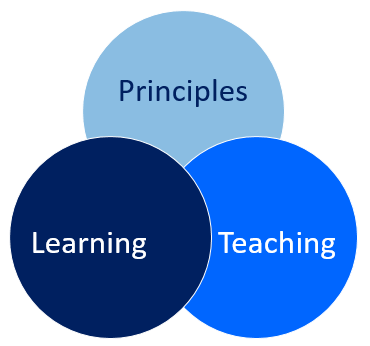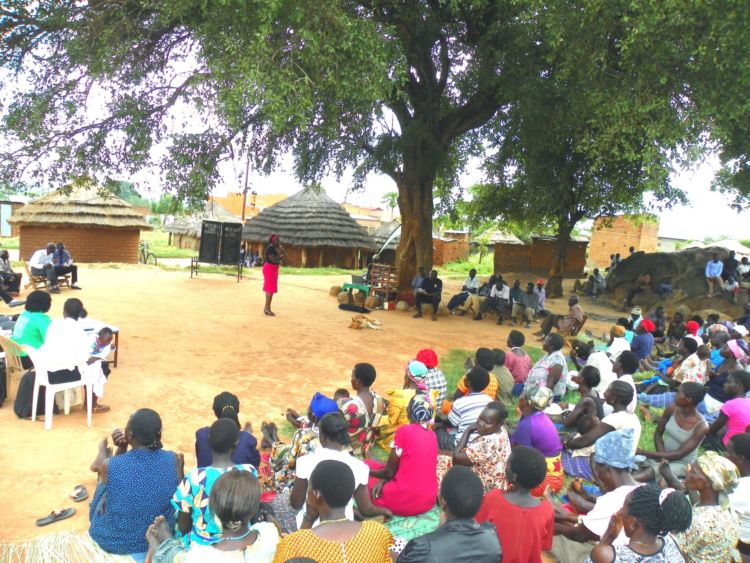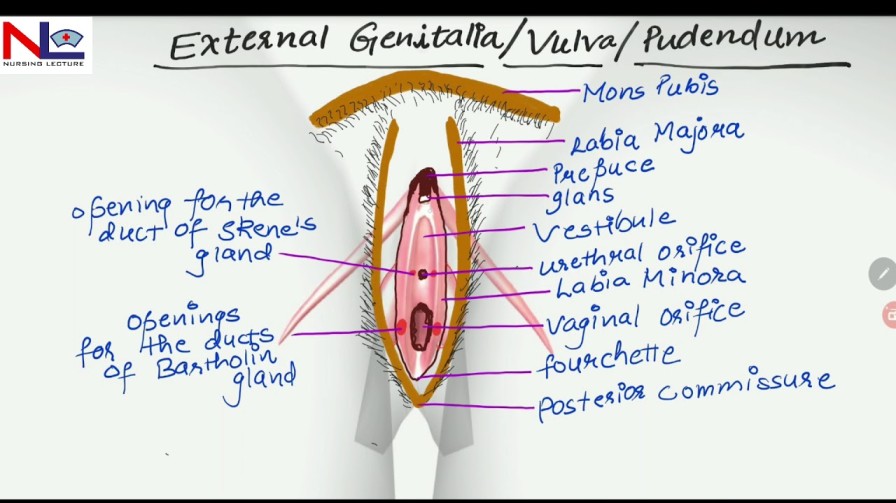-

METHODOLOGY
CHAPTER THREE: METHODOLOGY Methodology is the longest and most examinable, take note. 3.1 Introduction 3.2 Study Design and rationale 3.3 Study setting and rationale 3.4 Study Population 3.4.1 Sample Size Determination 3.4.2 Sampling Procedure 3.4.3 Inclusion Criteria 3.5 Definition of Variables 3.6 Research Instruments 3.7 Data collection Procedure 3.7.1 Data management 3.7.2 Data analysis 3.8 Ethical Consideration 3.9 Limitations of…
-

LITERATURE REVIEW
CHAPTER TWO: LITERATURE REVIEW Literature review refers to the collection of scholarly information about any research problem/topic It is a systematic gathering of information, analysing and reviewing documents from written or done by other scholars that have a relation to your problem being investigated It is a requirement for ay researcher to do a preliminary…
-

PRINCIPLES OF TEACHING AND LEARNING
PRINCIPLES OF TEACHING AND LEARNING The principles of teaching and learning will assist the teacher to achieve purpose of teaching. It guides the teacher on the elements pertaining teaching such as whom to teach, why teach, where to teach, what to teach, how to teach and when to teach. Principle of motivation: The best teacher…
-

PHILOSOPHIES OF EDUCATION
PHILOSOPHIES OF EDUCATION Philosophy refers to search for wisdom and truth or the study of the principles of human behavior and reasoning Education is the process of facilitating learning, or the acquisition of knowledge, skills, values, beliefs, and habits.There are various ways how learners can use to search for the truth of what has been taught.These philosophies…
-

Writing a research proposal
Writing a research proposal Research proposal refers to the description of what the researcher wants to investigate, why it’s important, and how the research will be done. The format of a research proposal varies between fields and from institution to institution Note: A research proposal is written in the future tense because it tells the…
-

Community dialogue
Community dialogue Community dialogue is a two-way communication process that involves critical analysis and in-depth understanding of the issue and concerns that affect the health and well being of the people. It also has the same meaning as participatory or interactive communication which involves exchange of information, ideas and opinions between individuals, communities and stakeholders…
-

SUSTAINABLE DEVELOPMENT GOALS (SDGS)
SUSTAINABLE DEVELOPMENT GOALS (SDGS) Sustainable Development Goals (SDGs), also known as the Global Goals, were adopted by the United Nations in 2015 as a universal call to action to end poverty, protect the planet, and ensure that by 2030 all people enjoy peace and prosperity. The 17 SDGs are integrated—they recognize that action in one…
-

FEMALE EXTERNAL GENITAL ORGANS
FEMALE EXTERNAL GENITALORGANS Female external genitalia (the vulva) include the mons pubis, labia majora, labia minora, clitoris, vestibule, the greater vestibular glands (Bartholin’s glands) and bulbs of the vestibule • The mons pubis is a rounded pad of fat lying anterior to the symphysis pubis. It is covered with pubic hair from the time of…
-

INJECTION SAFETY AND MANAGEMENT
INJECTION SAFETY AND MANAGEMENT INJECTION SAFETY AND MANAGEMENT INTRODUCTION Injection, or Getting an injection is a very common medical procedure. Most injections, about 95%, are given to treat illnesses. Immunizations make up about 3% of all injections, and the rest are used for different reasons, like giving blood or contraceptives. A Problem to Solve: In…
-

FETAL SKULL
FETAL SKULL The skull bones encase and protect the brain, which is very delicate and subjected to pressure when the fetal head passes down the birth canal. Fetal skull is to some extent compressible and made mainly of thin pliable tabular (flat) bones forming the vault. This is anchored to the rigid and incompressible bones…
